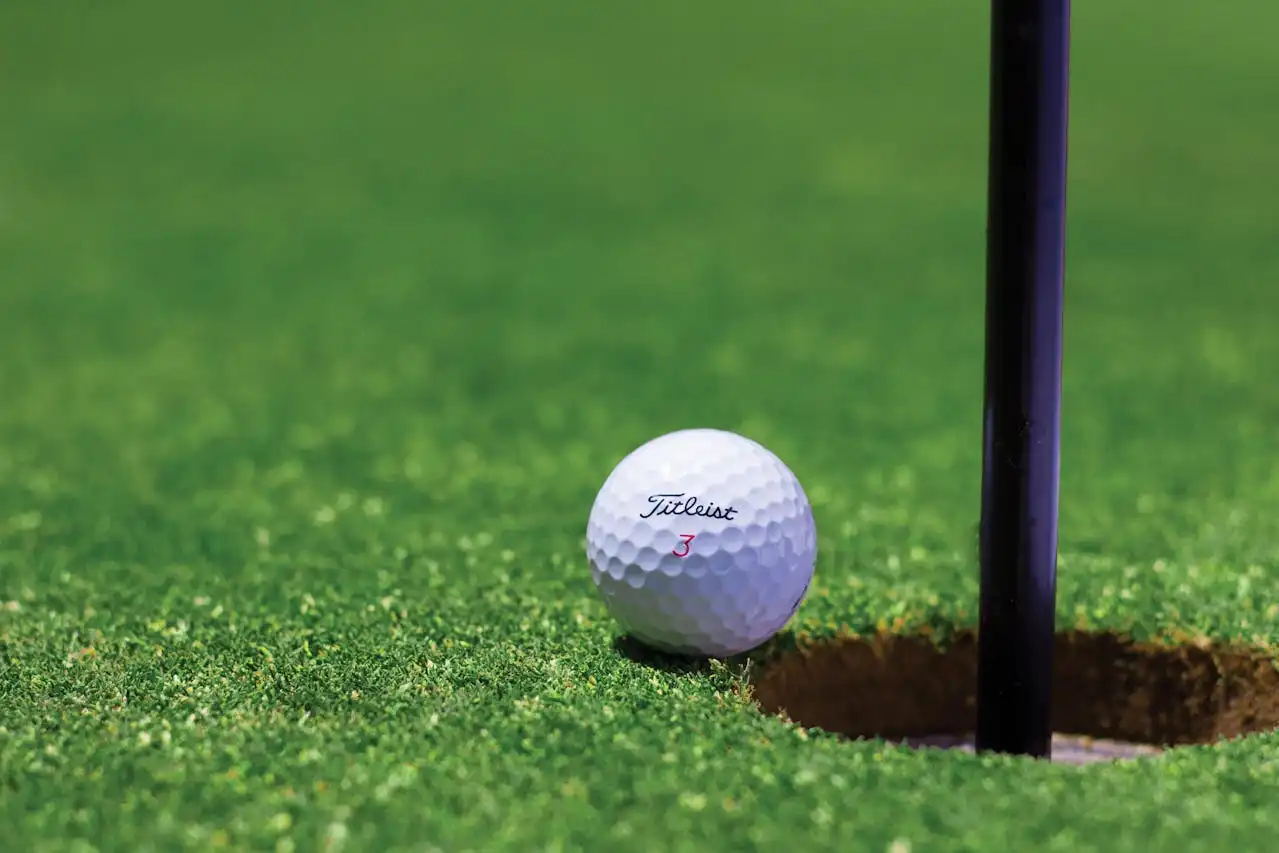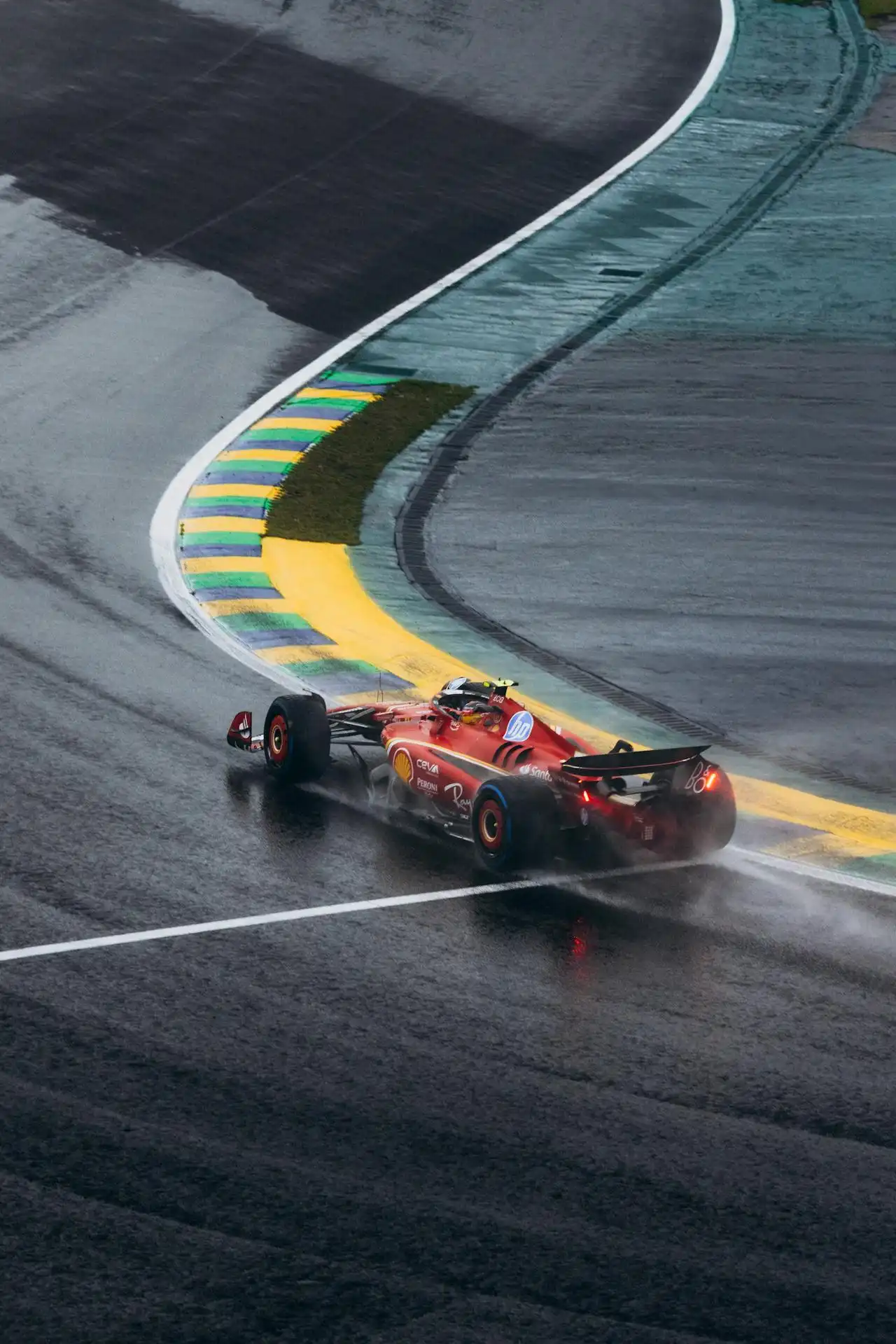Master the Basic Swing: From Awkward Flops to Golf Course Glamour
Muhe - Tuesday, 22 July 2025 | 02:30 AM (WIB)


The Foundation: The Perfect Grip – Your Handshake with the Club
Think of your grip as the very first conversation you have with your golf club. Get it wrong, and the rest of the chat is going to be awkward, stilted, and probably lead to a shank. Get it right, however, and you’re setting yourself up for a beautiful relationship built on trust and consistent contact. This isn't about choking the club like it owes you money; it's about holding it firmly yet lightly, like you're cradling a baby bird that just might unleash a 250-yard drive. There are three main ways folks typically hold a golf club, and finding your comfort zone is key. First up, the **Interlocking Grip**. This is where the pinky finger of your trailing hand (the one closest to the clubhead, usually your right hand for right-handers) interlocks with the index finger of your lead hand. It's popular among players with smaller hands, and legends like Jack Nicklaus swore by it. It offers a very connected feel between the hands. Then there's the **Overlapping Grip**, also known as the Vardon Grip, named after the golf great Harry Vardon. Here, the pinky finger of your trailing hand rests, or overlaps, between the index and middle fingers of your lead hand. It's the most common grip among pros and amateurs alike because it helps unify the hands, preventing one from dominating the other. It feels natural for many, offering a good balance of control and freedom. Finally, we have the **Ten-Finger Grip**, sometimes called the Baseball Grip. As the name suggests, all ten fingers are on the club, just like holding a baseball bat. This grip can offer a lot of power for beginners, especially those who struggle to generate clubhead speed. It might be less consistent for advanced players, but for a newbie just trying to get the ball airborne, it's a perfectly valid starting point. The crucial takeaway for any grip is the pressure: hold it like you’re holding a tube of toothpaste and don’t want to squeeze it out. And remember those "Vs" formed by your thumbs and forefingers? They should generally point towards your right shoulder (for right-handers). Consistency is your best friend here.Building Your Base: The Power of Posture
Alright, you’ve got the club in your hands feeling like an extension of your body. Now, let’s talk about how you stand. Your posture is the bedrock of your swing, influencing everything from balance to power to the very path your club takes. It's your athletic stance, ready to pounce on the ball, not a stiff, formal pose for a school photo. We're aiming for something that looks both comfortable and powerful. Start by standing with your feet roughly shoulder-width apart, maybe a smidge wider for a driver, a little narrower for an iron. Think about an athlete ready to burst into action, slightly flexed and ready. Now, bend your knees just a touch, enough to feel athletic but not like you’re doing a full squat. The real magic happens at your hips: tilt forward from your hips, letting your arms hang naturally down towards the ground. Don't slouch your shoulders or hunch your back; keep your spine relatively straight, creating a nice angle between your torso and your legs. Your weight should feel centered, maybe slightly on the balls of your feet, ready to pivot and turn. Imagine you're about to sit down on a really tall stool behind you. That's the feeling! This athletic posture allows for a full, uninhibited turn during your swing, giving you the space to unleash maximum power and achieve consistent contact. Sloppy posture, on the other hand, is a one-way ticket to off-center hits and a sore back.The Dance: Mastering the Swing Technique
With your grip locked in and your posture poised, it's time for the main event: the swing itself. This isn't just a wild hack; it's a beautifully choreographed dance, a sequence of movements designed to transfer energy efficiently from your body to the club, and then to the ball. Think rhythm, not brute force. It's a journey, not a destination, so let's break it down. First, the **Takeaway**. This is the opening act, and it sets the stage. Instead of just picking the club up, imagine it moving away from the ball in one piece with your shoulders and arms, slowly at first, like a pendulum. Keep it low and wide. Avoid rushing this part; a smooth takeaway promotes a smooth swing. Next, the **Backswing**. This is where you load up the spring. As the club goes back, your shoulders should turn, coiling your upper body against your lower body. Your hips will also turn, but less than your shoulders. Your weight should shift naturally to your back foot (your right foot for right-handers). Your wrists will hinge naturally, allowing the club to reach the top of your swing. Don't overswing! A shorter, controlled backswing is often more effective than a long, wild one. Think about creating stored energy, not just flailing. Now, the **Transition and Downswing**. This is the moment of truth, where all that stored energy is unleashed. It's a smooth change of direction from backswing to downswing. Crucially, your lower body should initiate the downswing. Imagine your hips starting to uncoil and move towards the target first, like pulling a string. Your arms and the club will follow, lagging slightly, then whipping through the ball. This sequence, often called "lag," is crucial for generating speed. It’s like cracking a whip! Your weight will shift from your back foot to your front foot as you move through impact. Then, **Impact**. This is the split-second where the club meets the ball. You want to hit down and through the ball, not scoop it up. Imagine hitting the ground slightly *after* the ball for irons, creating that satisfying divot. Keep your head relatively still through impact, letting your body turn around it. Finally, the **Follow-Through**. Don’t stop at impact! This is the graceful finish to your swing. Your body should fully turn towards the target, with your weight completely shifted to your front foot. You should finish in a balanced position, almost posing for the camera, facing where you want the ball to go. This ensures you’ve delivered all your energy into the shot and completed your rotation. Patience, young padawan. Mastering this sequence takes practice, practice, practice – and then some more practice! Hit the driving range, watch videos, maybe even get a lesson or two. Rome wasn't built in a day, and neither is a perfect golf swing. Focus on one aspect at a time, feel the movements, and embrace the journey. Before you know it, you’ll be hitting those crisp shots, feeling the satisfying thwack, and wondering why you ever thought this game was intimidating. Welcome to the wonderful world of golf!
Unleashing the Wild: A Deep Dive into the UTMB World Series
2 months ago

Marc Márquez Imbattibile: Hungary Dominance and a Preamble to the Title
2 months ago

Dump the Gym Membership: Your Guide to Feeling and Slimming Down, No Fancy High-Tech Equipment Required!
2 months ago

The Uncharted Frontier: Marc Marquez's Pursuit of Overcoming MotoGP's Last Frontiers
2 months ago

When Rivals Become Relatives (Of Sorts): Rossi and Stoner's Unexpected Chill-Out Session
3 months ago

The Unsung Hero of Marathon Training: Why Consistent Long Runs Are Your Secret Weapon
3 months ago

The Carbon Conundrum: Why Your Super Shoes Shouldn't Be Your Daily Drivers
3 months ago

Uncovering the World's Most Prestigious Cycling Races: From Grand Tours to Monumental Classics
3 months ago

The Rise of Ben Shelton: From NCAA Champion to ATP Masters Winner
3 months ago

A Champion's Whispers: Mika Hakkinen's Unvarnished Advice to Lewis Hamilton and Ferrari
3 months ago
